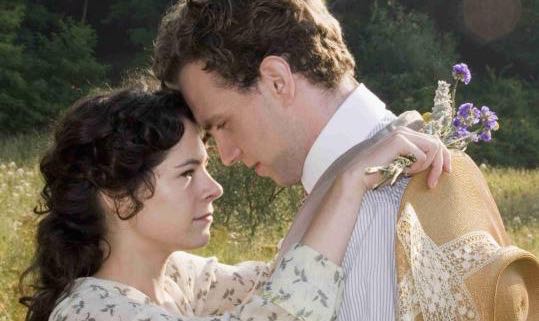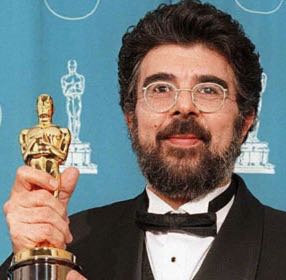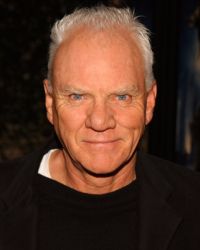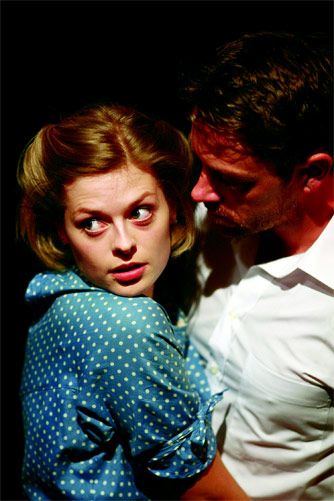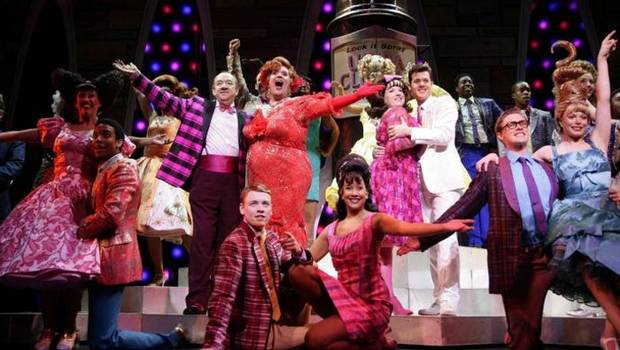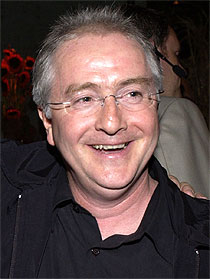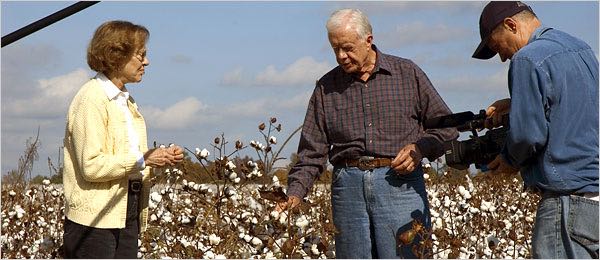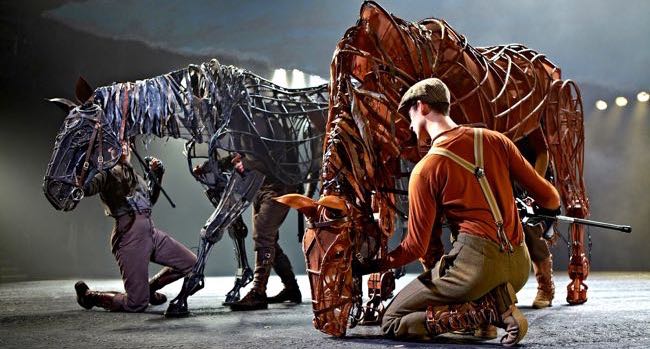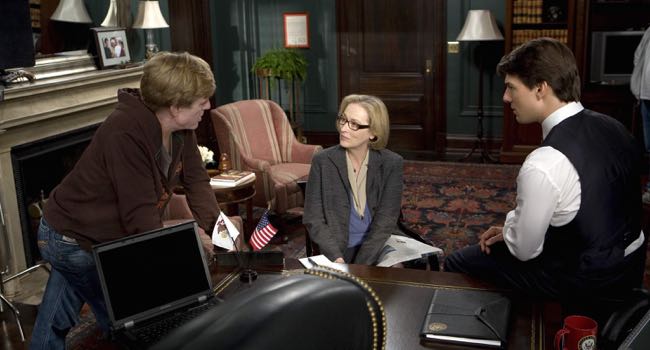By Ray Bennett
Roy Rogers cost me both a singing career and belief in the church. I am reminded of this because the BBC Young Chorister of the Year competition final airs on Radio 2 this evening at 8 o’clock and I once sang in a choir at Canterbury Cathedral.
The competition actually took place last weekend so the results have been announced. Far be it from me to ruin the suspense for those who tune in without knowing the outcome but listen for the perfect voice of a young man named Joel Whitewood. I am related to Joel, 12, through marriage, but that’s not why I mention it. The boy can sing.
He is one of 18 choristers who sing every day in Canterbury Cathedral where he is a side leader in the choir. Like the others, he is a student at Canterbury’s St. Edmund’s School. Dr. David Flood, the cathedral’s organist and master of choristers, is holding voice trials in Canterbury on Nov. 10 seeking five candidates for scholarships.
When I was a kid and thought I believed in a god, I was a soprano in the Ashford Parish Church choir in Kent. I was never in Joel’s league, but not terrible. It didn’t hurt that kids who sang in the choir were paid a handy amount of pocket money. I didn’t care for the incense burning at Sunday morning mass but I loved going out carol singing at Christmas and the mince pies and custard afterwards.
My choral life ended abruptly. Ours was among several choirs chosen to sing in a celebration of massed voices in Canterbury Cathedral under the direction, as I recall, of Sir Malcolm Sargent. It involved a full day’s rehearsal on a Saturday with the concert the next day. It was a huge honour.
The following year, we were invited again. In those days, all I wanted to do was play football and go to Hollywood to meet Roy Rogers (who was born, incidentally, on Nov. 5). The King of the Cowboys’ wretched television show never made it to England so he remained a hero. He’d long stopped making movies by then and they were rarely on TV and seldom came to Ashford.
But then came news of a matinee screening of “Pals of the Golden West” or something like that. Trouble was, it was on the day of rehearsal at Canterbury Cathedral. I went to the movie. I was promptly dismissed from the choir in ignominy. It was my first crisis of conscience. Roy Rogers versus Jesus Christ; Hollywood versus the Church. No contest. Oh, and I did go to Hollywood and I did meet Roy Rogers.
Read more about Canterbury Cathedral choristers.

